There are no tanks or tear gas, no shattered apartment blocks or bloodied limbs. Just eyes – heavy and charcoal-drawn – staring in stillness and silence. They don’t accuse. They don’t beg. They simply watch. Peering out of pale, formless faces – a quiet demand to acknowledge their very existence.
This is Gazans’ View of the World, a stark monochrome piece by Palestinian artist Nabil Abughanima, one of more than 50 works now on display at Metamorphika Studio in Hackney, London. Together, they form Dlúthpháirtíocht – the Irish word for “solidarity” – an exhibition that spans continents, memories and borders, binding Palestinian and Irish histories into a single frame.
Born from a poem written by co-curator Seán Óg Ó Muirí in response to the war in Gaza, he describes the exhibition as “the world’s largest international exhibition of contemporary Irish artists” – while providing a safe refuge for the work of Palestinian artists living in exile.
Here, the art is not ornamental; it is urgent. Some artists fled Gaza only months ago, while the show itself is itinerant – travelling to Dublin, Cork and Belfast after its London leg ends on 19 July.
Among those featured is Abughanima himself, who left Gaza two months ago and now lives in France. “Before the most recent war, I gathered a team of young artists and began building what we hoped would be Gaza’s first independent animation studio,” he says. “I rented a space, equipped it and watched the dream take its first real form. Then the war came. And it took everything.”
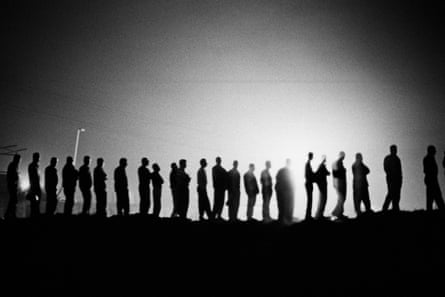
His work wrestles with myth and ancestral stories being under siege. “If those stories are lost,” he says, “the very values upon which global society claims to stand will be lost too.”
As you enter the gallery, you are immediately confronted by the works of the acclaimed Irish photographer Seamus Murphy. Though he’s spent over three decades documenting war and migration across the globe, it is his time in Gaza and the West Bank in the mid-2000s that stays with him.
One photograph, grainy and dim, captures a group of men among barbed wire fencing, staring down a checkpoint. “It was five in the morning on a Sunday,” Murphy recalls. “I walked with them from their towns, they prayed on the way, before they queued at the crossing. Some were allowed into Israel for work. Many were turned back.
“You cannot escape it, when you cross into Israel from Gaza, the contrast is extraordinary: you have unbelievable social chaos and poverty … and then manicured roads and advanced technology. It’s a vivid image of how people are treated under occupation.”
Not all the works at the exhibit are realist. Upstairs, at the far end of the room, surrealism replaces reportage. Flying People is a dreamlike canvas by Palestinian artist Amal Al Nakhala who was forced to move from Gaza with her family to Cairo. The piece shows people in the sky, upside down. Below are jagged teeth.
Al Nakhala says she “played with symbolism, where the people on the ground become the war plane”, flipping the world on its axis.
Her work is not a literal depiction of the war, she says, but an attempt to capture its absurd repetition: “It shows how occupation becomes the norm, and death becomes normalised.”
after newsletter promotion
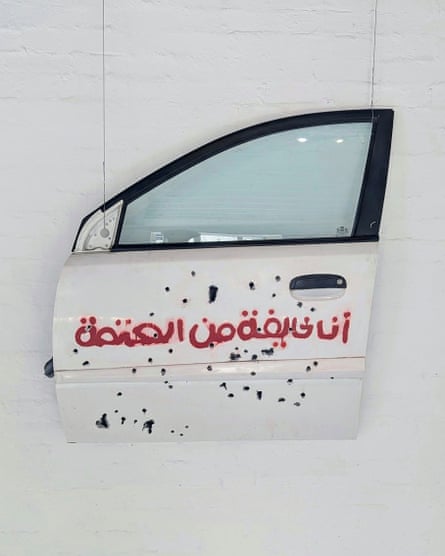
Another centrepiece stops you cold: a car door riddled with bullet holes. Across it, scrawled in Arabic, are the words “I’m afraid of the dark”. It is a collaboration between Irish artist Spicebag and Scottish artist Council Baby, a stark tribute to five-year-old Hind Rajab, killed by Israeli forces in January 2024 after being stranded in Gaza City in a car with her family. For hours, she pleaded for help over the phone while family members and paramedics lay dead beside her. An investigation found the car she was in had 335 bullet holes in the car’s exterior.
“She stands out,” says Spicebag. “Among so many faceless dead children, there’s a common touch point there, with the emergency call and the desperation in her voice. It’s visceral and horrifying.”
For many Irish artists, the connection between Ireland and Palestine transcends borders. “There’s nothing in recent Irish history comparable to the scale of destruction in Gaza,” Spicebag says, “but when you see armoured vehicles on residential streets – not there to protect you but to suppress you … it’s buried deep in our psyche.”
But this isn’t just symbolic, or a passive act of watching from afar. All proceeds go to Dignity for Palestinians, a charity founded by Dr Musallam Abukhalil which provides food, water and nappies to displaced families in Gaza. “The money might go to a food basket, clean water, maybe something small for a camp,” Abukhalil says. “It’s that direct. Art is resistance in Gaza, it always has been.”
And sometimes resistance looks like two children, huddled over a slice of bread with Nutella. “There’s a video,” Spicebag says of a clip sent to him from Dignity for Palestine. “These two little girls, eating from one of the food parcels. I’ve never seen anyone so happy. Their eyes just lit up.”

 6 hours ago
2
6 hours ago
2

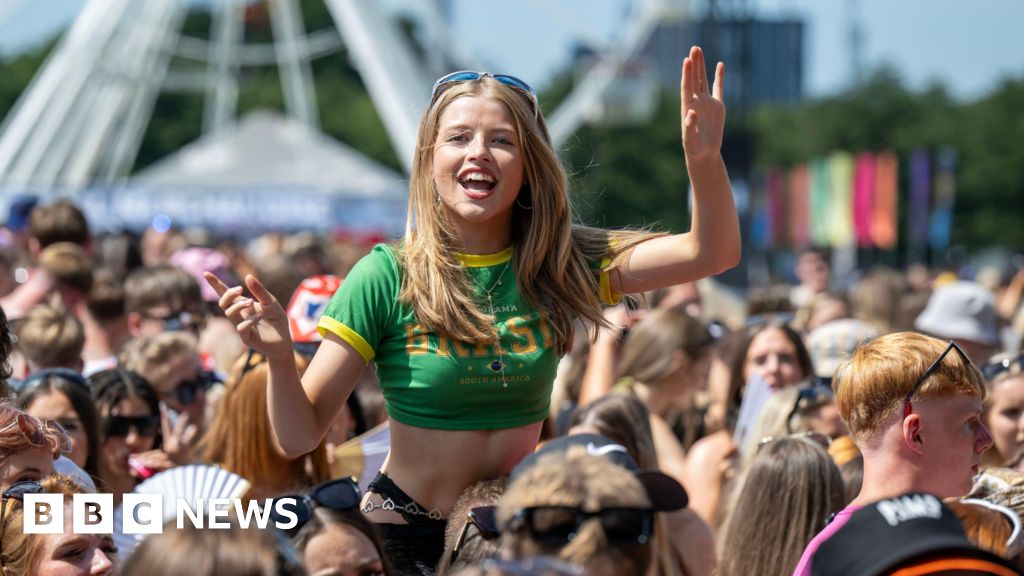



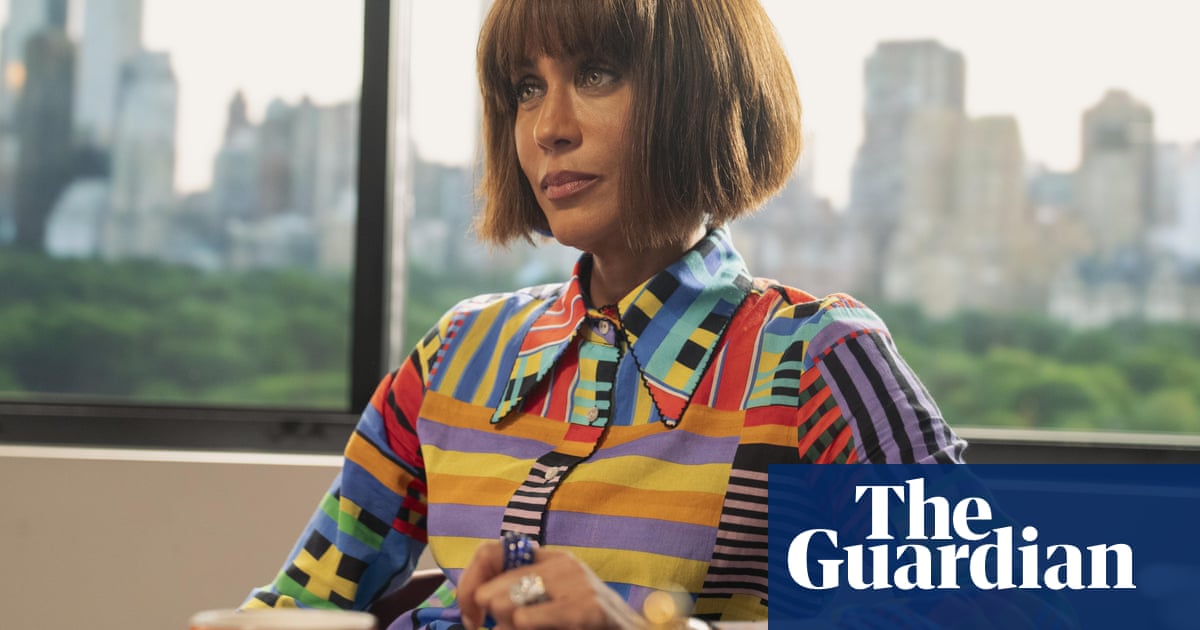
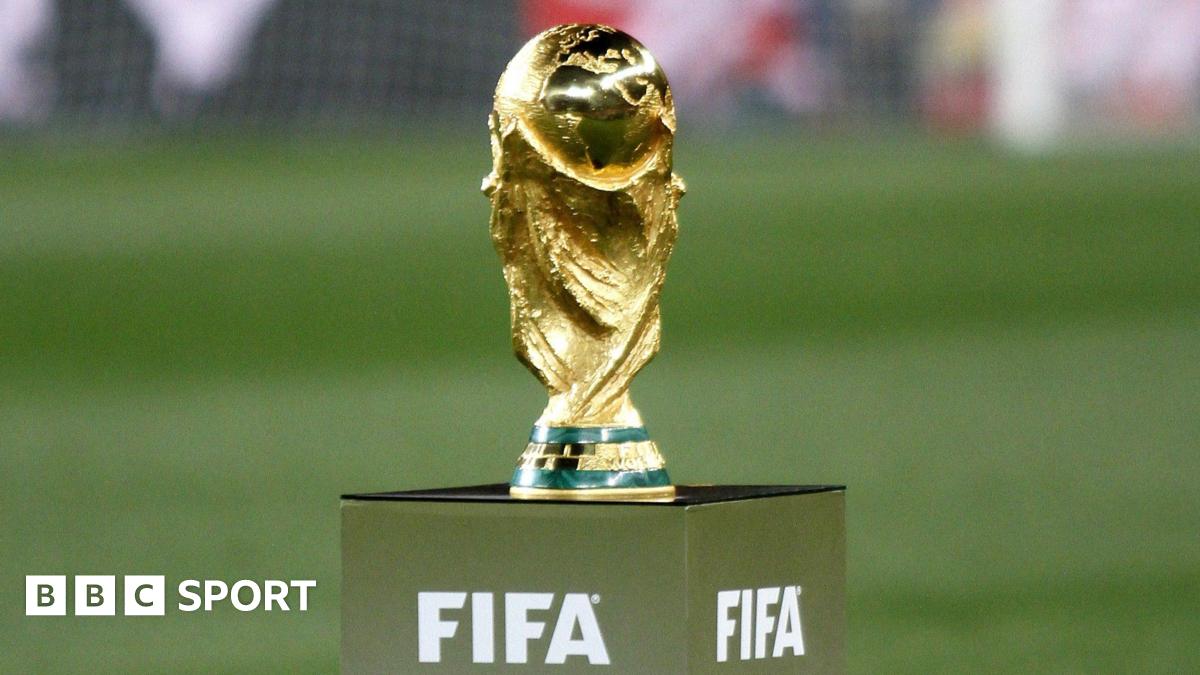
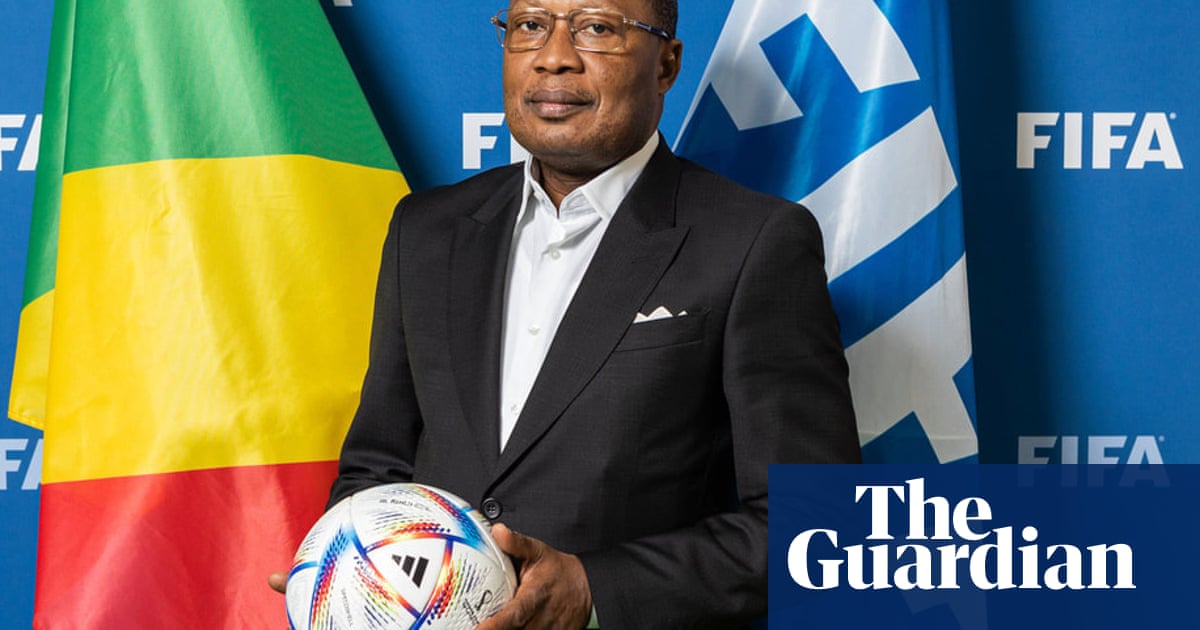
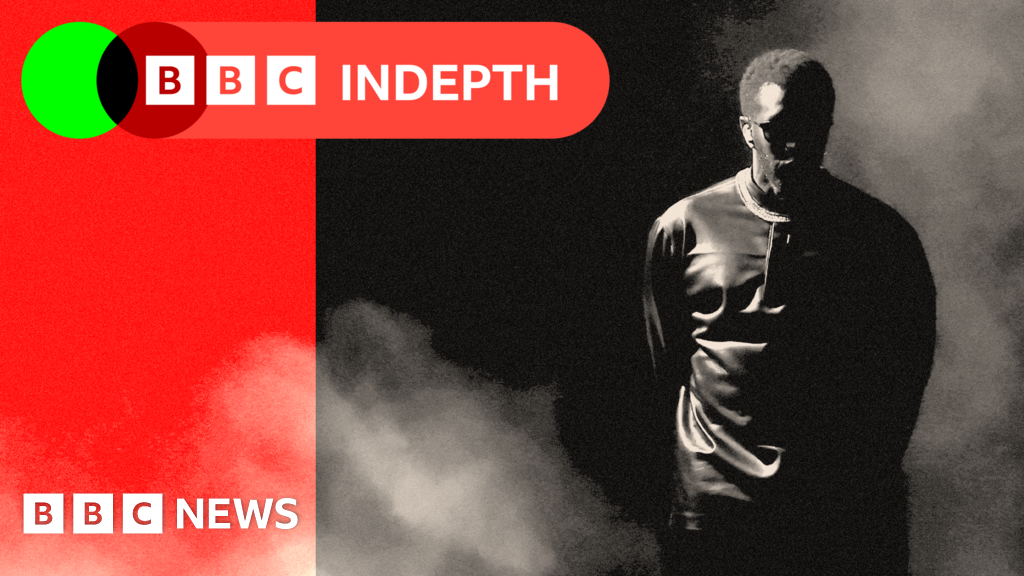
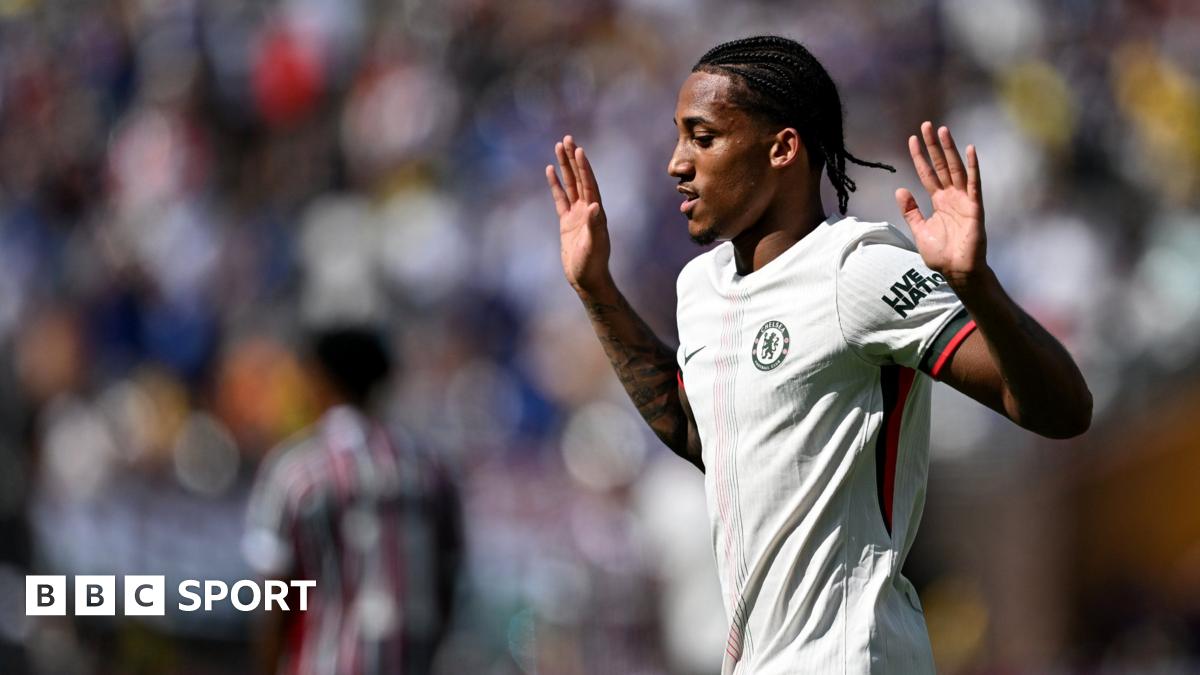
 English (US)
English (US)